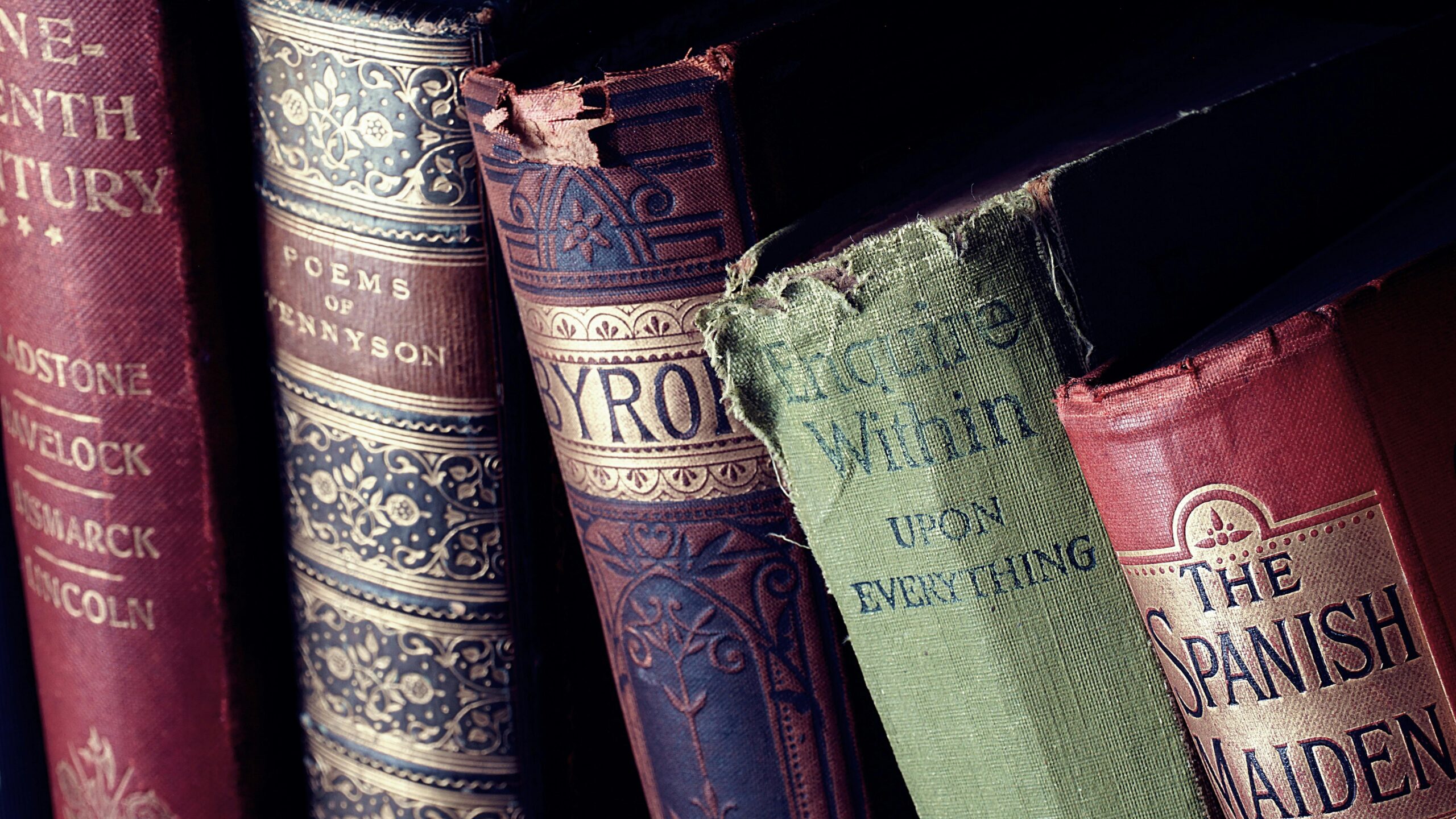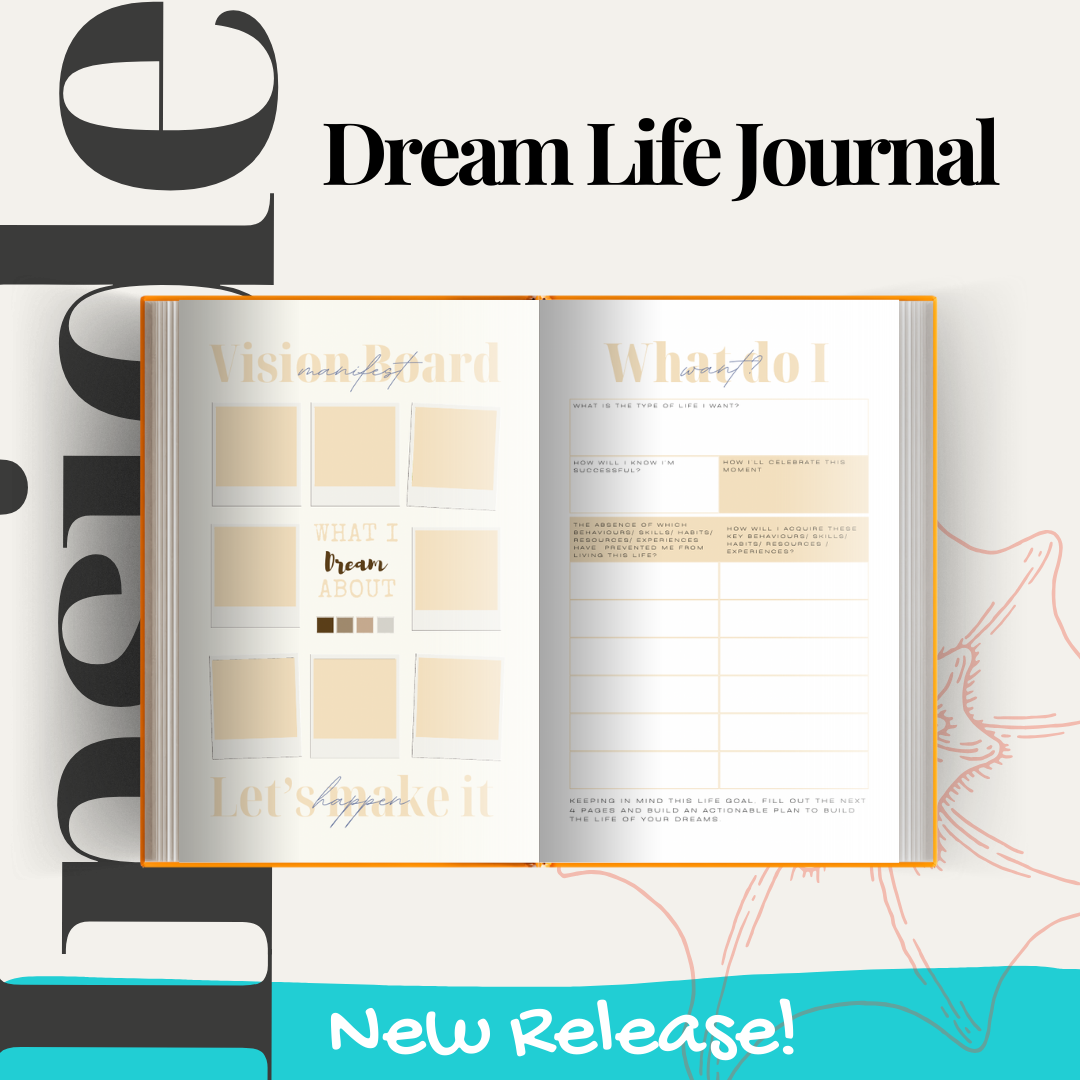How to Get Started in Bookbinding
For those who want to romanticize the bookish life.
Ladies, are you ready to dive into the fabulous and oh-so-satisfying world of bookbinding? Whether you're a crafty queen or a DIY newbie, I’ve got your back. You don’t need a fancy degree or some secret society membership to get started. All you need is a sprinkle of curiosity, a few basic tools, and this guide to lead the way. Let’s make magic—bookbinding magic!

What Is Bookbinding Anyway?
Bookbinding sounds fancy, but let’s break it down: it’s simply the art (and yes, it is an art) of putting together the parts of a book to make it, well, a book. We’re talking pages, covers, glue, and a bit of thread. It can be as simple as folding some paper and stapling it, or as intricate as crafting a leather-bound journal that looks like it belongs in a Victorian library. The point is, it’s for everyone, no matter where you’re starting. In this article you’ll find a list of all the basics you need to start book binding. You can bind a journal as a gift for your loved ones (or yourself!), or make them a bookbinding kit to start as a hobby!
What Do I Need to Start Bookbinding?
You’ve probably Googled “bookbinding supplies” and seen those long lists of expensive tools. Guess what? You don’t need all that to get started. Let me give it to you straight. PS: the links below are affiliate links – I do not sponsor these products, but I definitely have used them and highly recommend – as a result make a small fee if they are purchase through the links.
Absolute Essentials:
Paper: Start with any paper you’ve got on hand. Printer paper? Sure. That notebook you bought but never used? Perfect. This is the best paper that we recommend for a professional printer quality finish (thickness, value for money, paper quality).
Glue: Although you an always default to Elmer’s glue, it will impact the finish (page lifting etc). For best results we recommend PVA Adhesive.
Thread: Linen thread works best, but don’t stress—any sturdy thread can hold you over for your first project.
Cardstock: Use it for a simple softcover cardstock. Got some cute designs? Even better. For hard cover use this board for the best result
Needle: A basic sewing needle will work fine. If you want to use the right tools, here’s a good needle set to get you started.
Scissors and Ruler: You probably already have these at home. But if you want a cute crafting scissor, check these out.
Nice-to-Have (But Not Essential) Tools:
Bone Folder: It’s like a wand for crisp folds. If you’re vegan, Teflon or plastic versions are available. Here’s a bone folder we love if you’re putting together a kit for someone.
Awl: A thick needle or thumbtack can be your stand-in, but if you’re going to do this the right way this is a sturdy awl to have in your kit.
Utility Knife: For precision cuts—but scissors will suffice for beginners. If you don’t have one, this is a handy kit.
Brush: To apply glue evenly. This is from a company that will replace their brushes should you encounter any issues.
Pro Tip: Keep a heavy object handy to press your book as it dries. That can of soup in your pantry? It’s about to moonlight as a book press. Here’s a real book press if you want to build your bookbinding kit.
Let’s Talk Starter Methods
Now that you’ve got your tools, let’s put them to work! These beginner-friendly methods are simple, fun, and perfect for building your confidence.
Pamphlet Binding
Quick and easy—you only need three holes and some thread.
Perfect for making small journals or zines.
Japanese Stab Binding
Beautiful and decorative.
Great for binding loose pages (like those recipes you’ve been printing out and losing).
French Link Stitch
A step up in complexity but oh-so-satisfying.
Ideal for creating a sturdy softcover notebook.
Each of these methods is low-stress and high-reward. Plus, they’re perfect for binge-watching your favorite show while you sew.
Aside from being incredibly satisfying, bookbinding gives you something tangible at the end of your creative efforts. It’s a screen-free activity that’s as relaxing as it is rewarding.
Starter Tutorials You’ll Love
I’m not just going to throw you into the deep end. Here are some straightforward tutorials to help you get started:
Simple 3-Hole Pamphlet Binding
Grab some paper, a needle, and thread—and you’re halfway there.
Here’s the link to a great tutorial on YouTube.
Japanese Stab Binding
Impress your friends with this chic design (even if you’re the only one who knows how easy it is). Here’s the tutorial link.
Softcover French Link Stitch Journal
A perfect project for that pretty cardstock you’ve been saving. Tutorial link.
Common Questions New Bookbinders Have
What’s the Deal with Grain Direction?
Grain direction refers to the way paper fibers align. Long story short: aligning the grain direction of your paper and cover will help your book open smoothly and prevent warping. It’s not essential for your first few projects, but it’s good to know.
What Kind of Thread Should I Use?
Linen thread is the gold standard, but embroidery floss or even dental floss will work in a pinch. Just make sure it’s sturdy enough to hold everything together.
Do I Really Need a Bone Folder?
Not necessarily. The back of a spoon or the handle of scissors can act as a substitute for smooth folds.
Pro Tips for Bookbinding Beginners
Practice Makes Progress: Don’t expect perfection on your first try. Crooked stitches and uneven edges are all part of the learning curve.
Start Small: A simple pamphlet book can be done in under an hour.
Experiment with Materials: Old maps, wrapping paper, or fabric scraps make excellent covers.
Press Your Book: After gluing, press your book under a heavy object to set everything nicely.
Why Bookbinding is the Best Hobby Ever
Aside from being incredibly satisfying, bookbinding gives you something tangible at the end of your creative efforts. It’s a screen-free activity that’s as relaxing as it is rewarding. Plus, the possibilities are endless. Whether you’re crafting journals, sketchbooks, or personalized gifts, there’s always something new to try.
And let’s not forget—it’s a great conversation starter. Imagine casually dropping, “Oh, I made this notebook myself” at your next brunch. Instant awe.
Remember to Have Fun!
Bookbinding is an ancient craft, but it doesn’t have to feel intimidating. Start small, play around, and enjoy the process. The only “rules” are the ones you make for yourself. Whether you’re making a journal to document your dreams or a notebook for grocery lists, your book is uniquely yours.
So, what are you waiting for? Grab some paper and get binding. You’ve got this. And until next time friends, remember to be kind to yourself and those around you!
